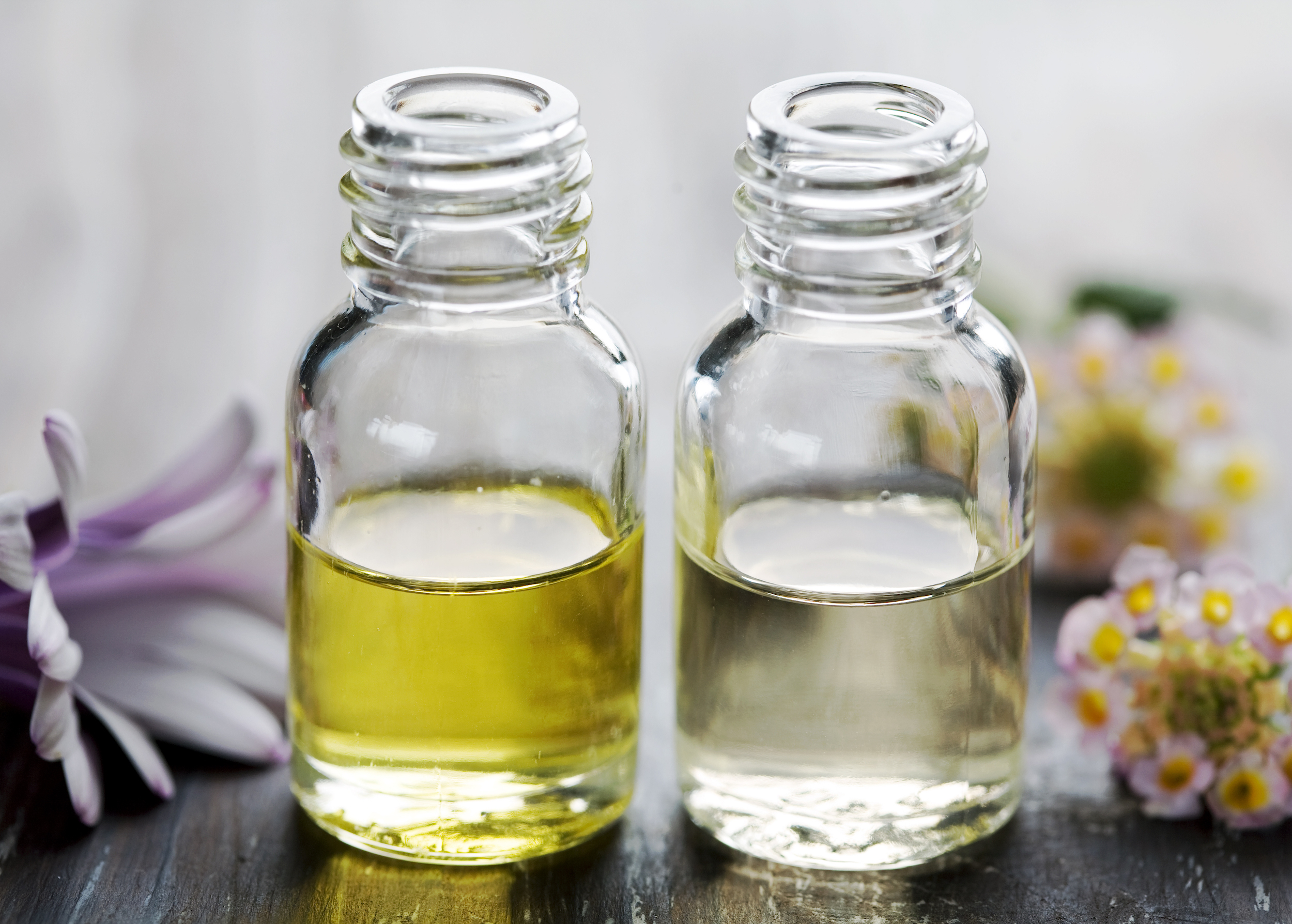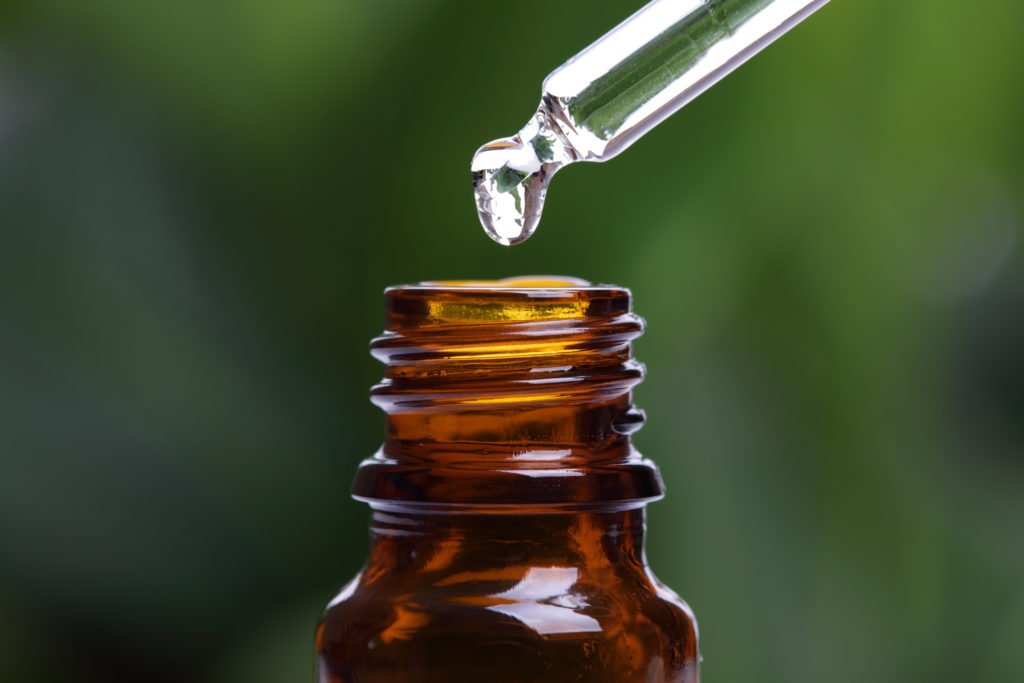
Inside This Post: DIY roll on essential oil recipes and safe natural perfumes to make at home. Stop using chemicals, choose non-toxic essential oil recipes you’ll love.
This post may contain affiliate links. You can see my disclosure policy here.
DIY Natural Perfume Recipes without Fragrance
We know that fragrance found in perfumes and scents is another way for manufacture’s to hide and not disclose dozens of ingredients and chemicals, and that’s why we should avoid it’s use.
I know I’m a busy Mom of three so grabbing bottle of perfume would be easy, but I’m pretty concerned about making sure my beauty and personal products are non toxic.
So, if you’re searching for a natural and safe alternatives like I do, making your own scent at home is one of my favorite ways to play around and create new scents to wear during the day.
I make my herbal perfume with essential oils which not only smell amazing, but have aromatherapy benefits as well.
How to Make Perfume at Home
Most perfumes are a mixture of fragrance oils in an alcohol or carrier oil base.
Perfumes are made up of base notes, middle notes and top notes.
When you smell a perfume, the top notes are typically the first thing you smell, followed by mid and then base notes.
In making perfume, you select and add them in order from base to top.
Also, the base helps the oils and scents meld, changing them drastically. I found that some mixtures I tried smelled amazing when I first mixed them but changed and I didn’t like them at all after they had time to sit and blend.
At the same time, some that I thought would be terrible turned out to be some of my favorite.
How to Blend Essential Oils
Blending essential oils is a skill that takes practice.
To get started, take a few of the scents you are usually drawn to and hold the open bottles to your nose. When you breathe in the fragrances (holding the essential oils together in a group), you’ll be able to sniff out what you like and what doesn’t appeal to you.
This takes a lot of trial and error because you have to remember, some scents that smell great now, once they’re blending might not be as appealing, and others you didn’t think would blend well, become your favorite.

Understanding Notes
Essential oils’ fragrance characteristics are classified as “notes.”
Specifically there are three parts: top notes, middle notes, and base notes.
Top notes are light, fresh, fast-acting, and tend to evaporate very fast. This is usually the first scent you smell in a blend.
Middle notes help to balance the blend. You may not smell the middle note right away, but the softness may become apparent after a few minutes and certainly after the blend has time to sit.
Base notes are very strong and heavy scents and ground the blend with their long-lasting diffusion.
You’ll want to experiment with your blends to find a balance by blending different notes together to make a scent that’s complex, alluring and fits your personality and style.
Top Notes
Middle Notes:
Base notes:
Lovely Scent Combinations to Try:
Here are a few combinations to get you started that I personally enjoy and you might too!
- Lemon, Orange and Pineapple
- Geranium, ylang ylang, and Lavender
- Chamomile, Lavender, Cardamom, Cedarwood, Rose Geranium
- Peppermint, Rosemary, Lemon, Safe, Juniper Berry
- Frankincense, jasmine, and orange
- Patchouli and bergamot
- Cedarwood, lavender, and tangerine
Carrier Oils As Your Perfume Base:
Carrier oils are oils used to suspend and deliver essential oils.
This will be your base to which you add the essential oils to, so they’re properly diluted before you apply directly to your skin. Good choices for carrier oils are thin oils without a strong fragrance.
Here are the best ones to use: fractionated coconut oil, grape seed oil, sweet almond oil, or jojoba oil to make your herbal perfume.
You can also use an alcohol, witch hazel or rose water to emulsify (blend) the essential oils.

Herbal Perfume Ingredients:
- 10 ml glass roll-on bottle
- 9 ml carrier oil / blend to mix your base with
- 0.5 ml (10 drops) essential oils of your choice
My Thoughts on Essential Oils Companies:
I have tried Young Living and Doterra, but can safely say I only recommend Plant Therapy because I have found they are the most transparent essential oil company available as well as being the only company to use third-party laboratories to test the quality of their oils, and I commend them for that. Moreover, they publish the tests online, allowing everyone to see the results, unlike other companies who may or may not test, yet don’t publish results. Their oils are chemical free and tested before offered to the consumers
I find that MLM companies such as Young Living and Doterra lack scientific research and testing, transparency and are much more expensive than Plant Therapy.
DIY Perfume Instructions:
- Spend some time blending oils together to come up with a fragrance that appeals to you. You want to make sure to take your time to find which oils speak to your individual style.
- Prepare the roller bottle by removing the lid and roller ball
- Fill your perfume bottle with carrier oil. Opt for fractionated coconut oil if you want a clear perfume (if you’re using clear roller balls), but I like to use grape seed oil and like the amber colors if I’m using a clear roll on, although it will get hidden with amber colored roll ons.
- Add 10 drops of essential oils per 10ml bottle. With stronger scents, start with only 1-2 drops and add more if it’s not strong enough. Strong scents like lemongrass and cinnamon can take over the entire blend so you want to add one drop at a time.
- Put the roller ball lid back onto the glass roller vial.
- Shake the ingredients to blend the oils.
- Leave the blend for 24-48 hours for the scents to blend and work together. You’ll notice the scent changes once it’s blended and you’ve let it sit for a day or two.